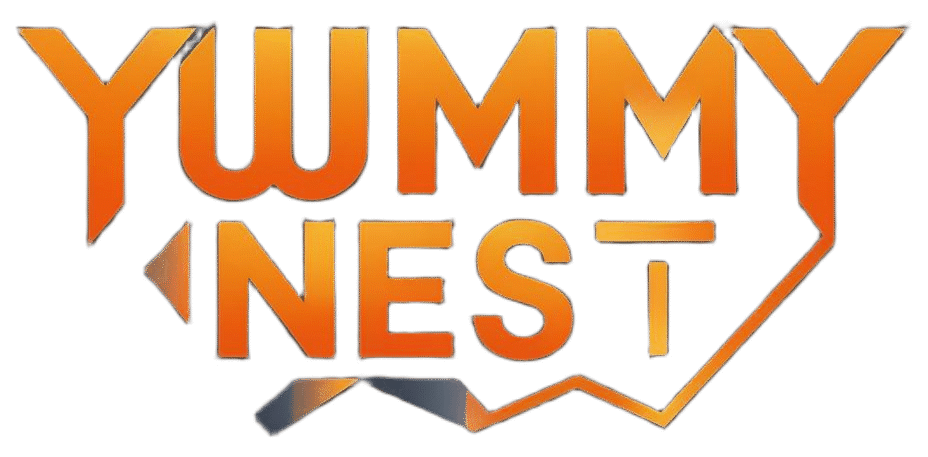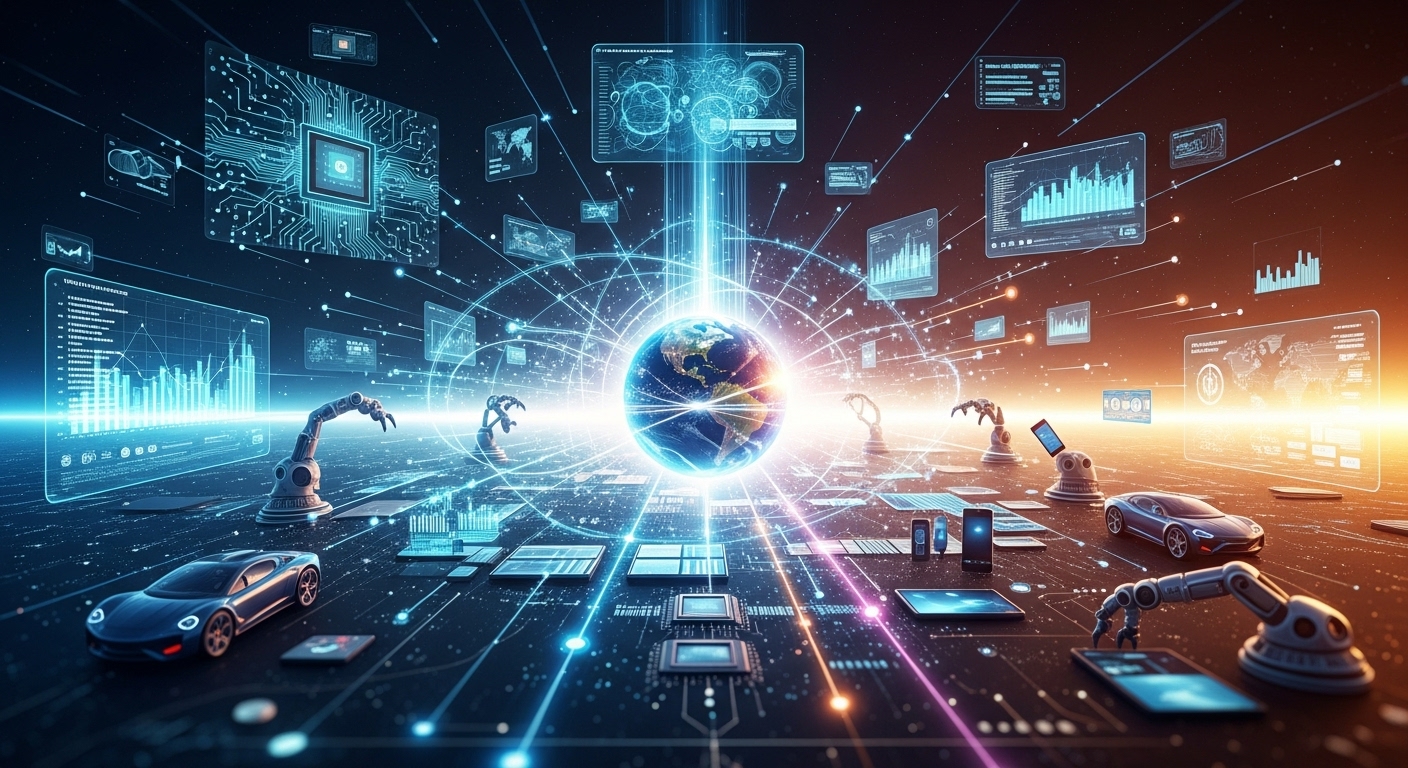Technology has become the backbone of modern civilization, shaping how we live, work, learn, and connect. In just a few decades, the digital revolution has transformed from a futuristic concept into an inseparable part of daily life. From the first personal computers to artificial intelligence and quantum computing, the journey of technology has been nothing short of remarkable. This blog explores the evolution of technology, its impact on society, and the emerging trends that promise to redefine the future.
The Dawn of the Digital Age
The technological transformation began long before the modern internet age. The invention of the microprocessor in the early 1970s laid the groundwork for everything we know today. These tiny chips became the heart of computers, making machines faster, smaller, and more affordable. By the 1980s, personal computers entered homes and offices, changing how people handled data, communication, and entertainment.
Companies like IBM, Apple, and Microsoft led this digital wave, competing to put a computer on every desk. The era of floppy disks, monochrome monitors, and dial-up modems may seem primitive today, but it marked the beginning of the digital revolution that would eventually connect the entire world.
The Internet Revolution
The most transformative invention of the late 20th century was undoubtedly the Internet. What began as a military communication project evolved into the largest global network ever created. By the mid-1990s, the World Wide Web became accessible to the public, and suddenly, information was available at the click of a button.
Email changed business communication, while search engines opened doors to knowledge that once required libraries and encyclopedias. Chat rooms, early social platforms, and forums laid the foundation for today’s interconnected world. For the first time in history, the world became truly global — not just in trade, but in communication and ideas.
The Internet also democratized information. Small businesses could reach global audiences, and individuals could share their voices through blogs and websites. The early 2000s saw the birth of the digital economy, where data and connectivity became as valuable as gold.
The Rise of Mobile Technology
The introduction of smartphones marked a new phase in the tech evolution. In the mid-2000s, mobile phones shifted from being just communication devices to powerful handheld computers. The launch of the iPhone in 2007 revolutionized user interaction through touchscreens and app ecosystems.
With mobile internet access, the world no longer depended on desktops or laptops. People could now browse, shop, play, and work from the palm of their hands. This change created an entirely new industry — app development — which fueled startups and global enterprises alike.
Mobile technology also changed social dynamics. Platforms like Facebook, Instagram, and Twitter turned into digital meeting grounds. Instant messaging replaced traditional SMS, and video calls became as common as phone calls. The smartphone became more than a gadget; it became a digital companion that stored our photos, messages, ideas, and even our identities.
The Era of Social Media and Digital Connectivity
Social media transformed how humans connect and communicate. What began as simple networking sites evolved into massive ecosystems where billions share their lives daily. Social media not only bridged long distances but also redefined personal expression and marketing.
Brands found new ways to engage audiences, governments discovered direct communication channels with citizens, and social movements gained momentum faster than ever before. The Arab Spring, global climate movements, and countless social campaigns all gained power through digital networks.
However, this digital connectivity brought challenges too. Misinformation, privacy breaches, and mental health concerns began surfacing as major issues. The world realized that while technology connects us, it also amplifies our vulnerabilities.
The Cloud Revolution
Cloud computing changed the way data was stored, processed, and accessed. Before the cloud, people relied on physical storage devices — hard drives, CDs, or USBs. Cloud technology allowed data to live on remote servers, accessible from anywhere at any time.
This innovation gave birth to scalability. Companies no longer needed massive IT infrastructures; they could rent computing power and storage on demand. It enabled startups to compete with giants, powering everything from streaming platforms to AI systems.
For individuals, the cloud made file sharing seamless and secure. Collaboration tools like virtual document editing, online backups, and remote access became everyday conveniences. The idea of “working from anywhere” became possible because of the cloud, setting the stage for the remote work revolution.
Artificial Intelligence: The New Frontier
Artificial Intelligence (AI) represents the most profound technological leap of the 21st century. It shifted technology from performing programmed tasks to learning and adapting autonomously. AI is not just a tool; it’s a thinking partner capable of analyzing data, recognizing patterns, and making decisions.
In everyday life, AI appears in countless forms — voice assistants, recommendation algorithms, autonomous vehicles, and even smart home devices. Businesses use AI for data analytics, fraud detection, and customer service automation.
The introduction of generative AI — systems that can write, draw, and even compose music — has blurred the line between human and machine creativity. Tools capable of writing articles, generating code, or creating digital art have opened opportunities and debates alike.
While AI brings efficiency and innovation, it also raises ethical and existential questions. Will machines replace human jobs? Can AI be truly controlled? How can societies ensure that AI benefits humanity rather than endangering it? These questions define the ongoing dialogue in tech ethics and governance.
The Internet of Things: A Connected World
The Internet of Things (IoT) expanded digital intelligence into physical spaces. Everyday objects — from refrigerators and thermostats to cars and wearables — became connected through the Internet.
IoT devices collect and share data, creating smarter environments. Smart homes adjust lighting and temperature automatically. Cities use IoT for traffic control, energy management, and waste reduction. Industries track equipment performance in real-time, reducing downtime and costs.
The rise of IoT reflects the growing vision of a world where technology quietly works in the background, making daily life seamless and efficient. Yet, this connectivity also introduces new security challenges, as every connected device becomes a potential entry point for cyber threats.
Cybersecurity: The Digital Battlefield
As the world digitized, so did crime. Cybersecurity emerged as one of the most crucial aspects of modern technology. Hackers, data breaches, and ransomware attacks became global threats, targeting individuals, corporations, and even governments.
Cybersecurity evolved from simple antivirus software to complex, AI-driven defense systems. Encryption, multi-factor authentication, and biometric verification became standard. Despite these advances, cybercrime continues to grow in sophistication, often outpacing defensive measures.
The future of cybersecurity lies in predictive intelligence — identifying potential threats before they happen. Collaboration between nations, companies, and tech innovators is essential to protect the vast digital ecosystem that powers modern life.
Blockchain and Decentralization
Blockchain technology introduced the idea of decentralized trust. Initially designed to support cryptocurrencies like Bitcoin, blockchain quickly found applications beyond finance. It offered a transparent and tamper-proof way to record transactions, contracts, and data.
Decentralized systems challenge traditional structures by removing intermediaries. In finance, blockchain powers decentralized finance (DeFi), enabling peer-to-peer lending and trading. In supply chains, it ensures product authenticity and transparency. Even digital voting and identity verification are being explored through blockchain technology.
While the hype around cryptocurrency often dominates headlines, the underlying innovation — secure, distributed ledgers — could reshape industries ranging from healthcare to real estate.
The 5G Revolution and Beyond
Connectivity has always been central to technological progress. Each generation of wireless technology — from 1G to 4G — improved speed and accessibility. However, 5G introduced a new era of hyper-connectivity with lightning-fast speeds, minimal latency, and the capacity to support millions of connected devices per square kilometer.
This leap enables innovations such as real-time augmented reality, telemedicine, and autonomous transportation. Factories and cities are becoming smarter, and entertainment is moving into immersive experiences powered by ultra-fast networks.
Looking ahead, researchers are already envisioning 6G, which could blend digital, physical, and biological worlds even more seamlessly, supporting holographic communications and advanced AI-driven networks.
Quantum Computing: The Next Technological Revolution
Quantum computing is poised to break the limits of classical computing. By harnessing the strange behavior of subatomic particles, quantum computers can process vast amounts of data simultaneously.
Traditional computers use bits (0s and 1s), but quantum computers use qubits, which can exist in multiple states at once. This ability allows them to solve problems that would take traditional computers thousands of years to compute.
Applications range from drug discovery and cryptography to weather forecasting and financial modeling. Although still in its early stages, quantum computing promises to redefine what’s computationally possible.
The Future of Work and Automation
Technology is reshaping the nature of work. Automation and robotics are taking over repetitive tasks, freeing humans for creative and strategic roles. However, this transformation brings both opportunity and disruption.
Industries such as manufacturing, logistics, and retail are increasingly automated. Even in white-collar sectors, AI tools handle data analysis, writing, and customer interactions. Remote work, powered by cloud and communication technologies, has become mainstream, proving that geography is no longer a limitation for productivity.
Yet, this evolution raises concerns about job displacement and the need for reskilling. The future workforce must adapt by developing digital literacy, critical thinking, and creativity — skills that complement, not compete with, machines.
Ethics, Privacy, and the Human Element
As technology grows more powerful, ethical considerations become more complex. The collection and use of personal data have raised serious privacy concerns. Social media platforms and tech companies now hold immense influence over what people see, think, and believe.
Artificial intelligence decisions affect hiring, policing, and finance — areas with profound human consequences. The challenge lies in balancing innovation with fairness, accountability, and transparency.
Moreover, there’s the philosophical question: How much of our lives should technology control? As automation expands, humans must decide where to draw the line between convenience and dependency.
Sustainable Technology and Green Innovation
The climate crisis has pushed technology toward sustainability. Green technology focuses on reducing carbon footprints and promoting renewable energy. Solar and wind innovations, electric vehicles, and energy-efficient devices all contribute to a cleaner planet.
Data centers, once notorious for energy consumption, are adopting eco-friendly cooling systems and renewable power. Smart grids optimize electricity distribution, and innovations in recycling are reducing e-waste.
Technology, when used responsibly, can become humanity’s most powerful tool for environmental preservation.
The Human-Machine Synergy
Technology is no longer just a tool — it’s becoming an extension of the human mind and body. Wearable technology monitors health in real-time, while neural interfaces aim to connect the brain directly to computers. Augmented and virtual reality are blending digital and physical experiences, revolutionizing entertainment, education, and medicine.
In healthcare, robotic surgery, 3D-printed organs, and AI diagnostics are saving lives daily. Education is evolving into personalized digital experiences. Even art and creativity are being reimagined through AI collaboration.
Rather than replacing humans, technology is increasingly seen as a collaborator — one that amplifies human potential.
The Path Forward
Technology’s journey from simple machines to intelligent systems is one of the greatest stories of human progress. Yet, the future is not without risks. As innovations accelerate, societies must ensure that technology remains inclusive, ethical, and sustainable.
The next era will likely blur the boundaries between physical and digital, human and artificial. The question is not whether technology will advance — it certainly will — but how humanity will shape its direction.
The challenge of the future is not to slow innovation, but to guide it with wisdom and empathy. Only by doing so can we ensure that technology serves humanity, rather than the other way around.
Conclusion
From the first computer chips to quantum computing, from dial-up Internet to AI-driven cloud ecosystems, the story of technology is a testament to human curiosity and ingenuity. Every generation inherits a new set of tools, but also a new set of responsibilities.
As we move forward into an age defined by intelligence, automation, and global connection, the ultimate goal remains unchanged: to use technology to make life better, fairer, and more meaningful for everyone.
The evolution of technology is not just a tale of machines and code — it’s a reflection of humanity’s endless desire to explore, create, and connect.



